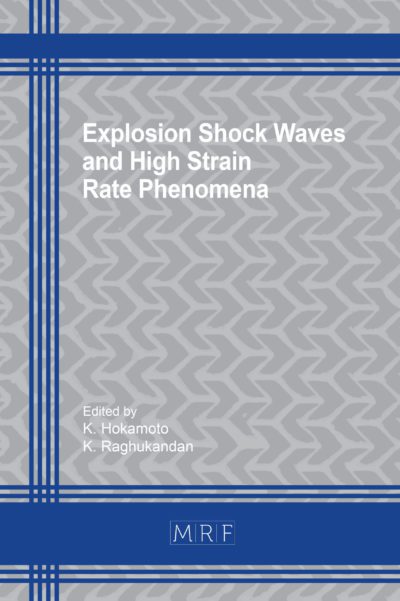Convergence Behavior in Line Profile Analysis Using Convolutional Multiple Whole-Profile Software
M. Kumagai, T. Uchida, K. Murasawa, M. Takamura, Y. Ikeda, H. Suzuki, Y. Otake, T. Hama, S. Suzuki
download PDFAbstract. The convergence behavior of the parameters related to microstructural characteristics a–e was studied during optimizations in a common line profile analysis software program based on the convolutional multiple whole profile (CMWP) method. The weighted sums of squared residual (WSSR) was a criterion of the optimization. The parameters b and d, which are related to the dislocation density and to the crystallite size, respectively, strongly affect the line profile shape. Therefore, the distributions of WSSRs on the space parameters b and d were first observed. The variation trajectory of parameters b and d during iterative calculations with several values of parameter e was then observed, along with the variations when all of the parameters were variable. In the case where only three parameters were variable, we found that a smaller initial value of e should be chosen to ensure stability of the calculations. In the case where all parameters were variable, although all of the results converged to similar values, they did not precisely agree. To attain accurate optimum values, a two-step procedure is recommended.
Keywords
Neutron Diffraction, Line Profile Analysis, Microstructure, CMWP
Published online 9/11/2018, 6 pages
Copyright © 2018 by the author(s)
Published under license by Materials Research Forum LLC., Millersville PA, USA
Citation: M. Kumagai, T. Uchida, K. Murasawa, M. Takamura, Y. Ikeda, H. Suzuki, Y. Otake, T. Hama, S. Suzuki, ‘Convergence Behavior in Line Profile Analysis Using Convolutional Multiple Whole-Profile Software’, Materials Research Proceedings, Vol. 6, pp 57-62, 2018
DOI: https://dx.doi.org/10.21741/9781945291890-10
The article was published as article 10 of the book Residual Stresses 2018
![]() Content from this work may be used under the terms of the Creative Commons Attribution 3.0 licence. Any further distribution of this work must maintain attribution to the author(s) and the title of the work, journal citation and DOI.
Content from this work may be used under the terms of the Creative Commons Attribution 3.0 licence. Any further distribution of this work must maintain attribution to the author(s) and the title of the work, journal citation and DOI.
References
[1] E. J. Mittemeijer and U. Welzel, in Mod. Diffr. Methods, Wiley-VCH (2013), pp. 87–126. https://doi.org/10.1002/9783527649884.ch4
[2] T. Ungár and A. Borbély, Appl. Phys. Lett. 69, 3173 (1996).
[3] P. Scardi, M. Leoni, and Y. H. Dong, Eur. Phys. J. B 18, 23 (2000). https://doi.org/10.1007/s100510070073
[4] G. Ribárik, T. Ungár, and J. Gubicza, J. Appl. Crystallogr. 34, 669 (2001). https://doi.org/10.1107/S0021889801011451
[5] P. Scardi and M. Leoni, Acta Crystallogr. Sect. A Found. Crystallogr. 58, 190 (2002). https://doi.org/10.1107/S0108767301021298
[6] G. Ribárik, Modeling of Diffraction Patterns Based on Microstructural Properties, Eötvös Loránd University, 2008.
[7] K. Murasawa, M. Takamura, M. Kumagai, Y. Ikeda, H. Suzuki, Y. Otake, T. Hama, and S. Suzuki, Mater. Trans. 59, 1135 (2018). https://doi.org/10.2320/matertrans.M2017380













